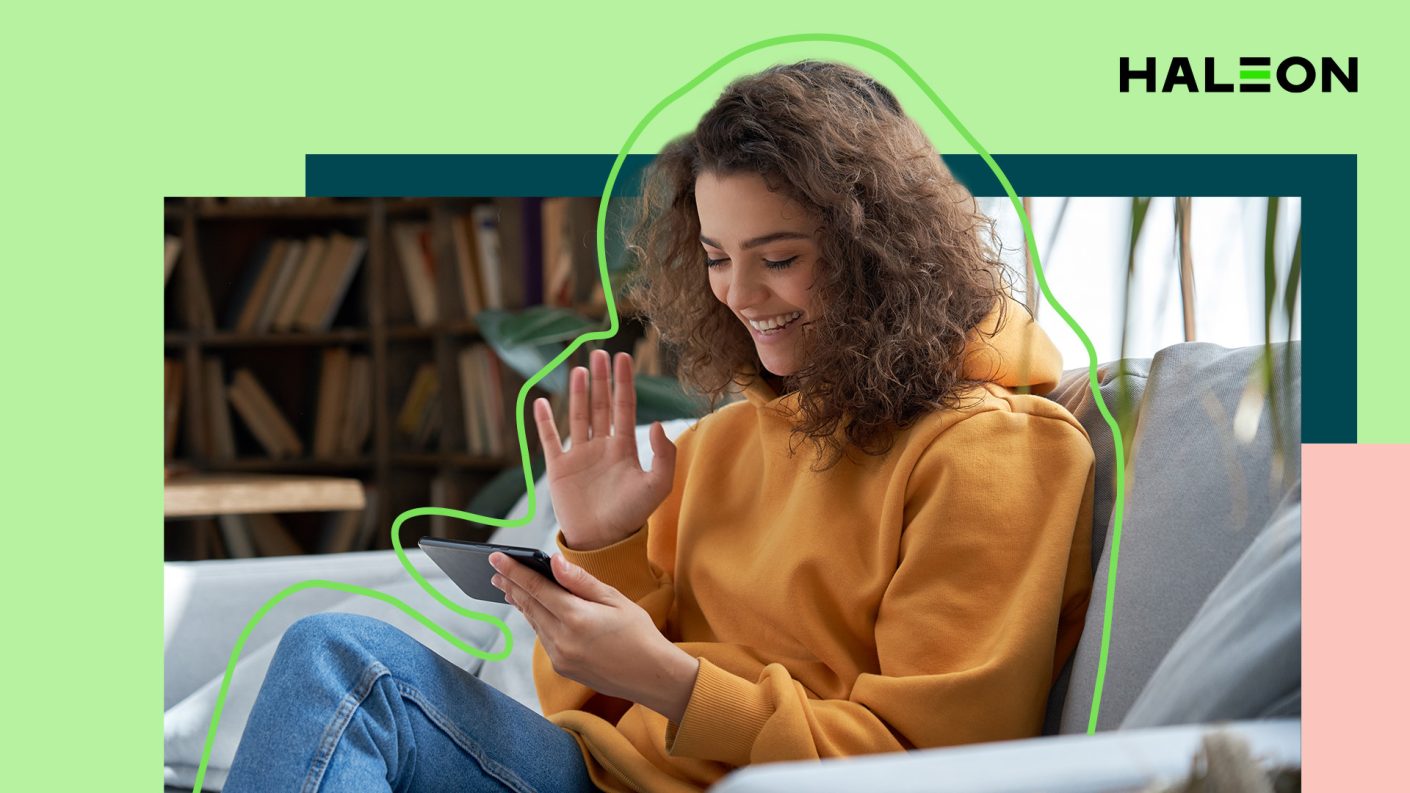Blog
Three ways to get closer to your consumers
Explore tactical ways that you can gain deeper empathy and understand the people that matter most – virtually, in-person or somewhere in between.


Crystle Uyeda
11 April 2024
4 min read
In today’s dynamic business landscape, consumers are faced with an abundance of choices, ranging from diverse brands and product options to various purchase channels, along with an overload of new information coming their way. Meanwhile, as people are navigating these seemingly endless options, brands are challenged to navigate an uncertain future. They face pressures to pull back on budgets, leverage AI in new ways, while still delivering meaningful results.
So where does this leave brands looking to cultivate human-centred strategies for the future? Brands might know the ‘what,’ but need a deeper contextual understanding of the ‘why / why not, when, where, how and who’. Too often, stakeholders become trapped in the executive bubble, lacking the awareness, understanding and empathy to really understand the full dimensions of the people they serve. Luckily, with emerging technologies and creative solutions, it is more accessible than ever to not only put yourself in the shoes of consumers, but to gain real connections with them.
In this blog, I will share three ways that you can get close to the people that matter the most to your business growth – that are realistic and accessible for brands during these turbulent times.
What is consumer closeness?
Before we dive into the three ways to gain consumer closeness, let’s first level set on what it really means. When we talk about ‘consumer closeness’, we are really talking about creating increased understanding and empathy between stakeholders and consumers. By leveraging this increased knowledge, brands can inform hypotheses, shape better research and prime stakeholders for action.
The objective of consumer closeness isn’t solely to guide team decisions. While it certainly can aid in that, the objective is much broader– it is to provide comprehensive insights to teams throughout the organisation, painting a holistic picture of the human experience.
Now let’s explore how you can initiate these strategies within your organisation.
Three strategies for building consumer closeness
- Missions
One of the simplest ways for your organisation to get closer to the needs and experiences of your customers is to go through the experience yourself. If you operate in the retail sector, immerse yourself in the shopping experience, whether in-store or online. For those in other sectors, seek opportunities to walk through the customer journey as authentically as possible. This includes experiencing the offerings of competitors and other leading-edge brands.
And by ‘walk-through’, this can be accomplished in-person and virtually. A great example of this is the work that we did with Samsung. Looking to bring fresh shopper insight and inspiration to their marketing team, we organised an on-and-offline ‘retail safari’ in which teams visited out-of-category retail locations across Manhattan followed by a digital safari for the same brands. In total, the team collected 200+ retail observations and 50+ digital observations that equated to over 80 ideas to improve the Samsung Home Electronic retail experience.
- Challenges
Take things up a notch and more deeply immerse in the customer perspective outside of the customer journey. For example, if your customers are faced with financial insecurity, try buying groceries for a week on a limited budget or complete a deprivation or forced use exercise of different shopping channels. Alternatively, if your customers lack the skills or ability to use a smart phone or access the internet, try going old fashioned for a day. Identify ways to respectfully immerse in consumers’ lived experiences or pain points, to create a personal connection with their needs.
- Consumer Conversation
One of the most effective ways to gain deeper understanding and empathy is also one of the easiest – listening! Whether this involves virtual one-on-one conversations, in-person interviews, or panels, whatever is feasible for your team geographically and budget-wise, leveraging real conversations in a pointed and purposeful way helps clearly identify consumer needs and shape a better future.
Factors to consider before getting started
To ensure the effectiveness of consumer closeness efforts, you must create intentional avenues for your stakeholders to engage. Below are just a few considerations to help guide your preparation:
- Identify who your stakeholders are – Are they committed to this initiative? If not, how can we ensure commitment before beginning?
- Determine the frequency and format for your consumer interactions – Monthly, quarterly? In-person or virtual? Moderated or self-led?
- Define your topic – Is the scope relevant across stakeholders?
- State your share-back and socialization – How will you continue the momentum of the insights gained?
Consumer closeness has no final destination
The beauty of humans is that they are always evolving – and thus, the investment in continuously connecting with your customers must be a priority. A great example of ongoing investment in this area is work that we did with a world leader in consumer health, Haleon.
To get closer to consumers and health care professionals, the Oral Health R&D innovation team partnered with Human8 to build a strong human understanding and drive human-centred innovation. Together, we created a 15-week personalized programme that directly connected the internal R&D team with consumers and health care professionals across global markets. To ensure each step resonated authentically with their needs, the Haleon team was in full control during these sessions, with Human8 providing support and guidance along the way.

The great news is that this investment doesn’t have to be all or nothing. Consumer closeness can be as simple as experiencing the shopping journey for yourself at the supermarket. Or if you are seeking in-depth conversations, technology allows us to gather quality human insights from just about anywhere.
By investing in initiatives that support gaining empathy and understanding, you can build future strategies that are rooted in what matters most to consumers.
Ready to do what matters?
Let’s connect